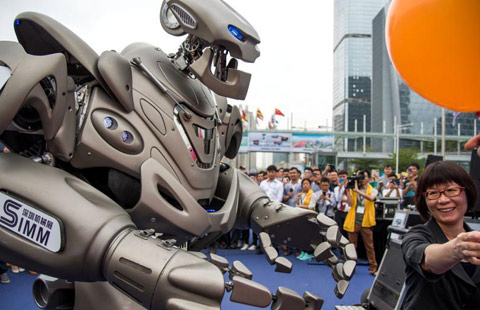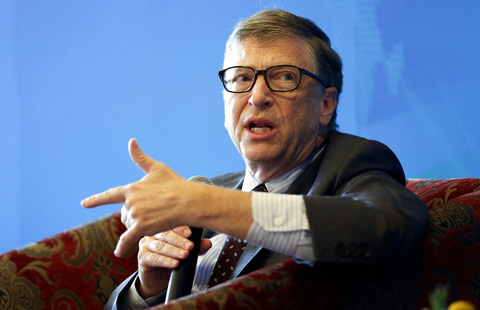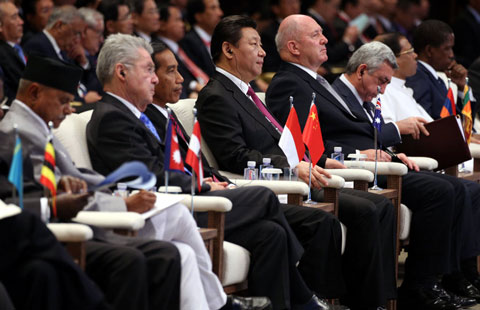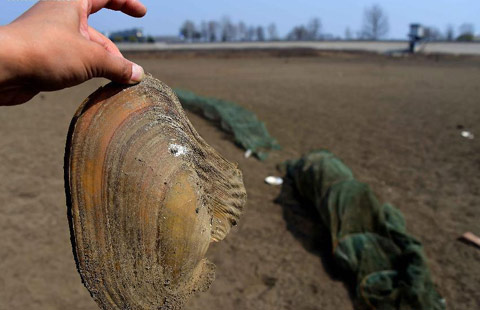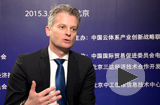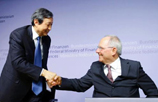China March flash HSBC PMI contracts to 11-month low
(Agencies) Updated: 2015-03-24 16:09
|
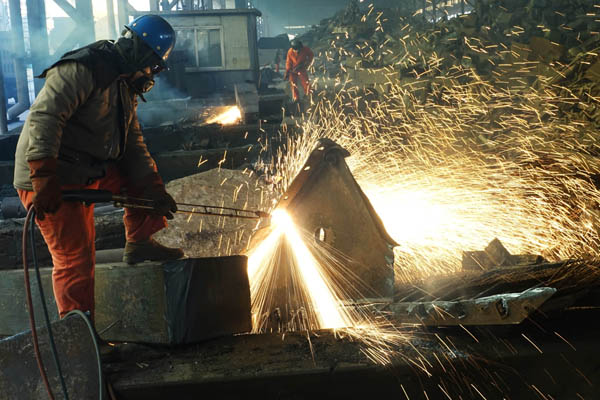 |
|
A worker cuts the scrap metal at a factory in Dalian, Liaoning province, Dec 9, 2014. [Liu Debin / Asianewsphoto ] |
BEIJING -- China's manufacturing activity in March fell again to 11-month low at 49.2, according to HSBC's preliminary purchasing managers' index (PMI) released on Tuesday.
The HSBC flash manufacturing PMI for March dropped below the 50-point level that separates growth in activity from a contraction on a monthly basis, compared with a reading of 50.7 in February, HSBC said in the report.
Some analysts expect first-quarter economic growth to dip below the government's new full-year target of 7 percent - widely seen as the level needed to keep employment steady.
"The weaker PMI data could increase pressure for policy loosening," economists at CICC said in a research note.
They predicted the central bank would cut banks' reserve requirement ratios (RRR) six more times this year, on top of another interest rate cut.
JPMorgan said the next RRR cut may come as soon as April.
The survey suggested that manufacturers faced considerable challenges from weaker domestic demand and deflationary risks.
The new orders sub-index fell to a 11-month low of 49.3 in March. New export orders decreased for a second straight month, albeit at a slower pace.
Strains on the job market continued to rise, with the employment sub-index contracting for a 17th straight month and hitting its lowest since the global financial crisis.
"A renewed fall in total new business contributed to a weaker expansion of output, while companies continued to trim their workforce numbers," said Annabel Fiddes, an economist at Markit said.
"Manufacturing companies continued to benefit from falling input costs, stemming from the recent global oil price decline. However, relatively muted client demand has led firms to pass on savings in a bid to boost new work, and cut their selling prices at a similarly sharp rate."
China's economy faces increased downward pressure this year but the slowdown is stabilising, with employment and services among the bright spots, Vice Premier Zhang Gaoli said on Sunday.
Weighed down by a property downturn, factory overcapacity and local debt, growth is expected to slow to a quarter-century low of around 7 percent this year from 7.4 percent in 2014, even with expected additional stimulus measures.
Data so far in 2015 indicate the new growth target may already be at risk, though the Asia Development Bank said on Tuesday that it still expects 7.2 percent growth this year.
Annual economic growth could slow to 6.85 percent in the first quarter from 7.3 percent in the fourth quarter of 2014, the Chinese Academy of Social Sciences, a top government think-tank, said in a research report on Sunday.
- Israel requests to join Asian Infrastructure Investment Bank
- Chinese stocks rebound on April 1
- China, the West in Africa: more room for cooperation than competition
- Nanjing cuts taxi franchise fees
- Air China increases flights to Milan, Paris
- JD.com raises delivery charges
- Veteran corporate strategist upbeat about China economy
- L'Oreal China sales revenue up 7.7% in 2014
